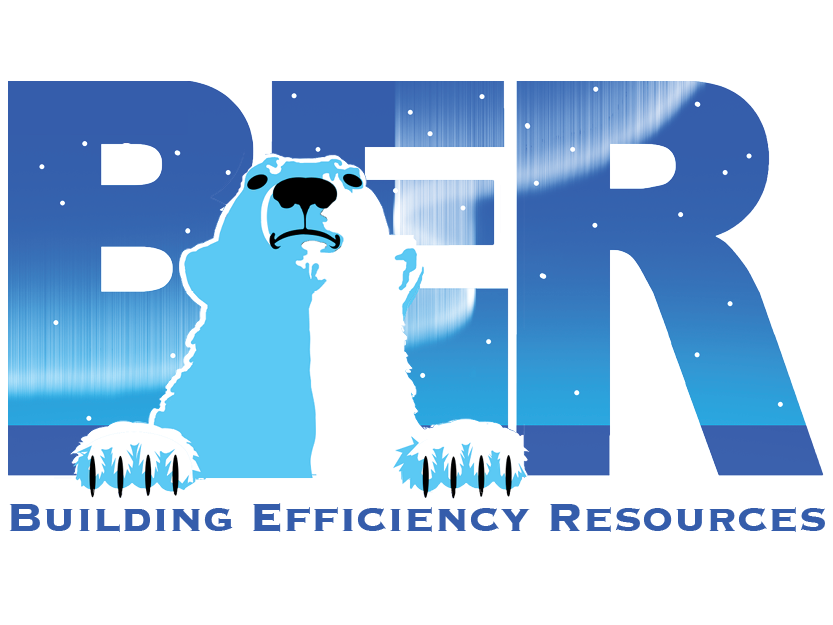The Five Ws of RESNET Quality Assurance
By Chris McTaggart
For RESNET Rating providers like The BER, March marks one of the most important times of the year. It is the time when we begin to submit the past year’s Quality Assurance (QA) results to RESNET for review.
For some Raters, the RESNET QA process may seem confusing, onerous, and excessively expensive. This article will help to explain the “who, what, where, when, and why” of the RESNET QA process so that a clearer picture of why QA provisions exist will hopefully emerge. It is our goal that from this article, Raters will begin to view QA as more than just a bureaucratic exercise, but as an asset to ensuring the success of our industry.
It is important to mention that RESNET has recently released a revision to the QA Standard. The revamped version of the standards provides much needed clarity on the scope and process of performing the QA for Providers and Raters alike. This article will touch on many of the changes involved and how they will affect you and your rating projects.
Who
All individuals and organizations involved in the RESNET Home Energy Rating System (HERS) industry are subject to the provisions of the RESNET Mortgage Industry National HERS Standards. The Chapter Nine Standard for Quality Assurance details the specific QA provisions that affect Raters, Providers, Quality Assurance Designees (QADs), and the RESNET QA and Ethics Committee.
Rating Providers are required to perform a number of tasks in order to comply with the Standards. Arguably the most important task that a Provider must execute is performing QA review on ratings submitted by each Rater. The Standards specify that a Provider must check 10% of a Rater’s energy model files and perform an on-site QA review of 1% of a Rater’s rated homes each year. The intent of this requirement is to ensure that Raters are meeting the modeling guidelines set forth in Chapter 3 National Energy Rating Technical Standards, and that they are performing on-site inspections according to Appendix A of the Standards. Providers are then required to give Raters feedback on the results of the QA, and specify corrective procedures if substantial discrepancies are discovered in a Raters work.
It is important to note that the recent revision to the RESNET QA Standards have eliminated the Low-Volume Rater designation, which allowed Providers to forego performing the 1% on-site QA for Raters who perform less than 25 ratings per year. The new QA Standard specifies that Providers must perform an on-site QA on all Certified Raters regardless of the volume of ratings submitted.
Rating Providers and their QA staff are also subject to QA per RESNET Standards. Providers are responsible for reporting the results of all rating and on-site QA activity to RESNET on an annual basis, as well as maintaining an accurate database of rating project data. Providers are audited at random by RESNET to determine whether the Provider is fulfilling their obligations to meeting the RESNET standards for QA. Providers and QADs who are found to be negligent in fulfilling their responsibilities may be subject to disciplinary procedures, ranging from probation to termination of status.
Want to read more? Click here if you are already our member or Join the BER today.
